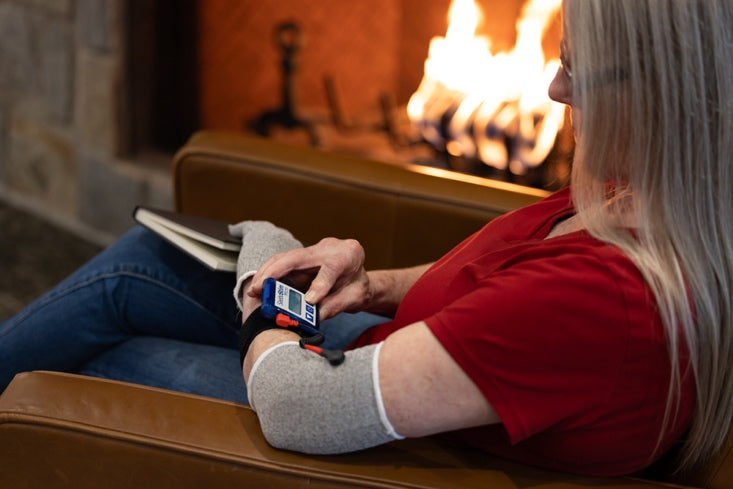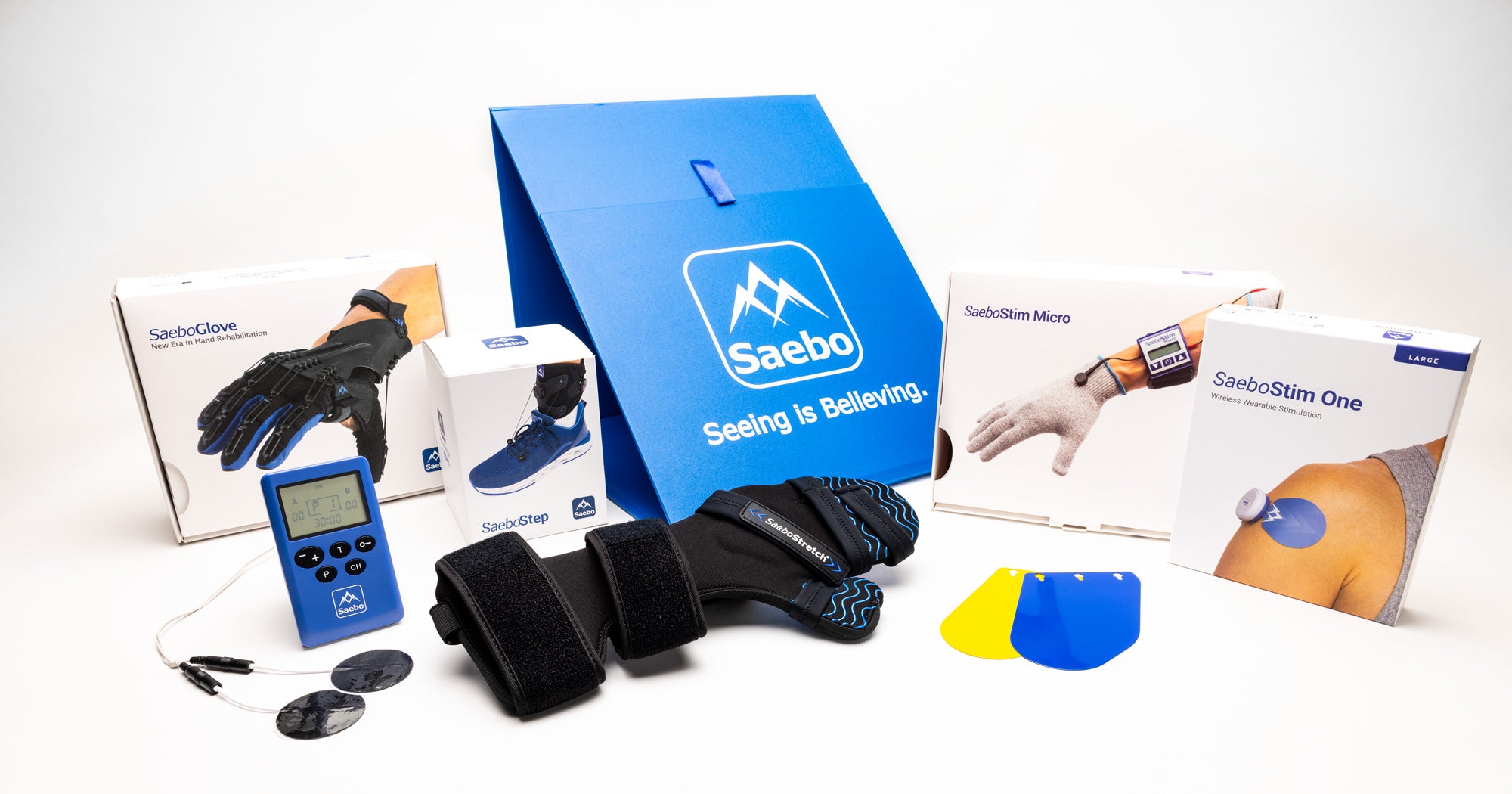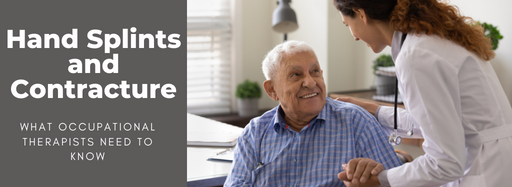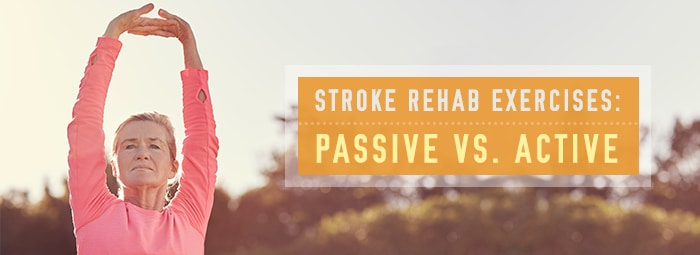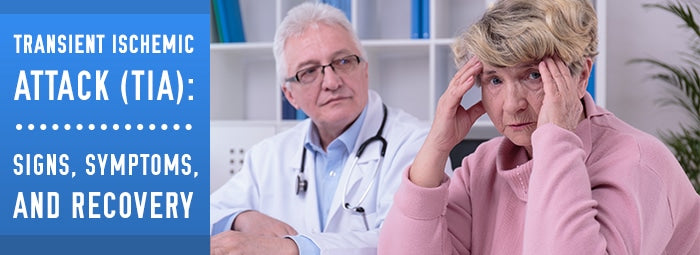Important Facts About Stage 4 of Stroke Recovery
In the 1970s, a Swedish occupational and physical therapist named Signe Brunnstrom developed a seven-stage approach to stroke recovery. The focus of the Brunnstrom Approach is the restoration of motor...
Important Facts About Stage 3 of Stroke Recovery
Swedish occupational and physical therapist Signe Brunnstrom was an important figure in advancing our understanding about restoring motor skills in stroke patients. Based on different limb synergies, she devised a...
Hand Splints and Contracture: What Occupational Therapists Need to Know
Suffering a stroke is debilitating and scary, and survivors are often affected much longer than the stroke itself actually lasts. Many patients experience spasticity and contracture during their stroke recovery...
17 Ways To Help Stroke Survivors Recover Faster
If you or a loved one has suffered from a stroke, there are many difficulties that can develop as a result. Primarily, these effects are physical, emotional, and cognitive. Below,...
Saebo Celebrates 15 Years and Over 250,000 Patients Served
World-renowned stroke rehabilitation company, Saebo, Inc. celebrates their 15-year anniversary this month. CHARLOTTE, N.C. – September 15, 2017 – Fifteen years ago, two occupational therapists united with one simple, powerful...
Benefits of Virtual Reality for Stroke Rehabilitation
Virtual reality (VR) is the new must-have technology tool for gaming, training, or just trying to immerse yourself in a new and virtual environment. From Google Cardboard to Oculus Rift,...
Treating Hemiplegia and Hemiparesis After Stroke
After a stroke, it’s common to experience weakness or paralysis on one side of the body, depending on which side of the brain your stroke occurred. Right-sided weakness or paralysis...
Benefits of Cortical Priming for Stroke Rehabilitation
After someone suffers a stroke, there are several conditions that need attention. One of these is impaired motor function, or the loss of movement or use of a particular...
Stroke Rehab Exercises: Passive Vs. Active
After a stroke is over, its survivor is not in the clear. A stroke leads to neurological damage that affects the motor system, making limbs weak and limiting movements....
Transient Ischemic Attack (TIA): Signs, Symptoms, and Recovery
Mini-strokes (also known as a transient ischemic attacks or TIAs) aren’t called mini because they aren’t serious. Unfortunately, most people don’t realize how dangerous they are. Mini-strokes should be treated...
The Benefits of Speech Language Therapy for Stroke Patients
A stroke is one of the most catastrophic experiences an individual can undergo. Strokes often cause temporary or permanent paralysis on one side of the body. Balance, memory, speech, cognition,...
Game On: How Video Games Can Assist With Stroke Recovery
Stroke patients often face an unfortunate reality—80 percent of them will not regain full use of their arm and hand movements. Strokes are one of the most common causes of...

